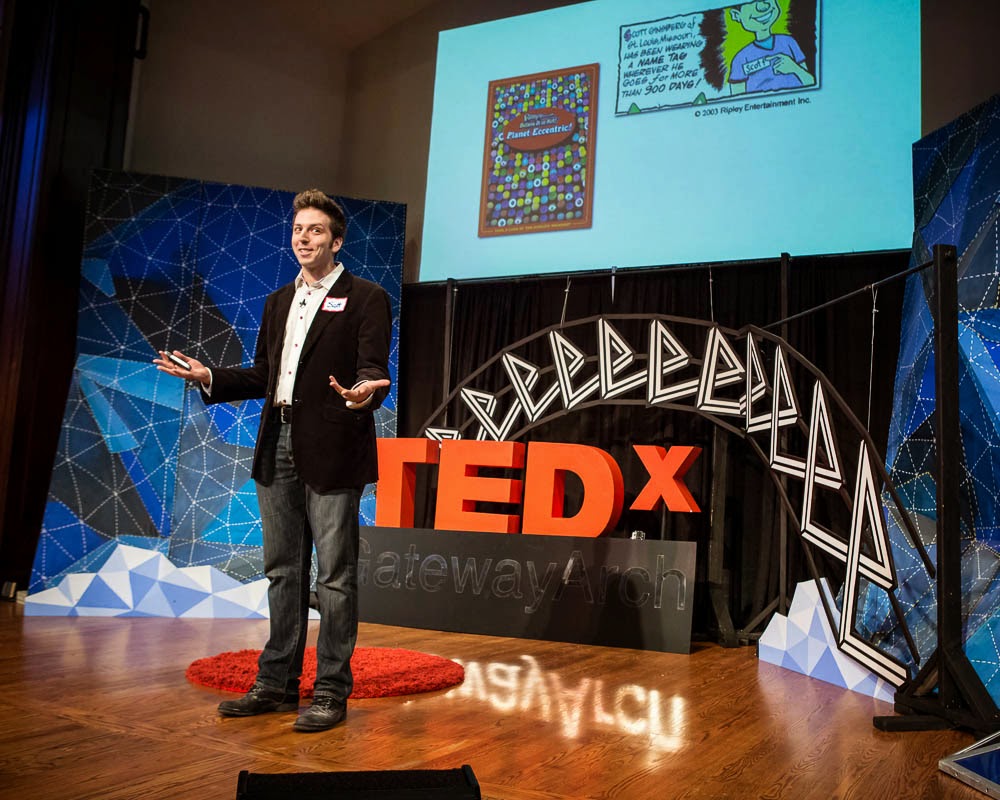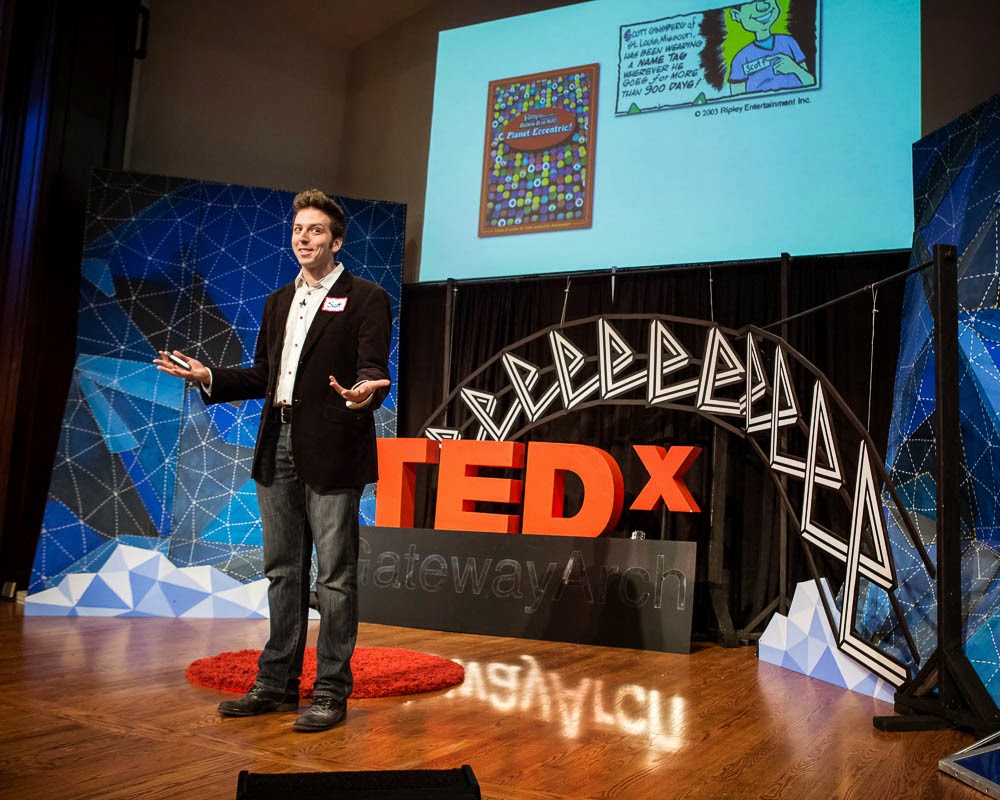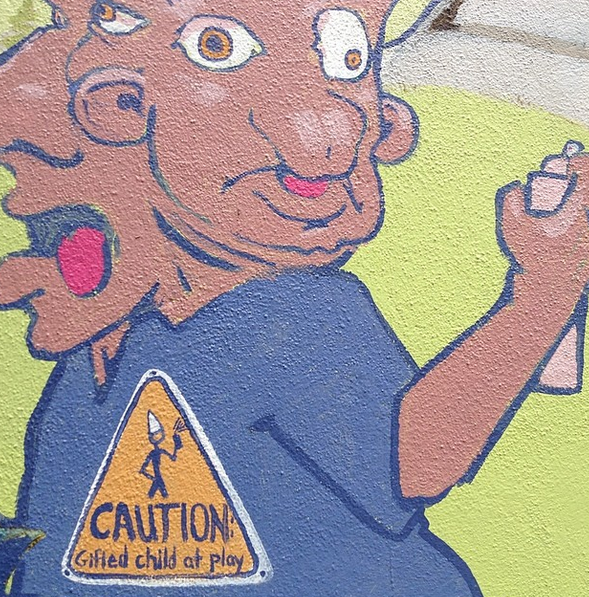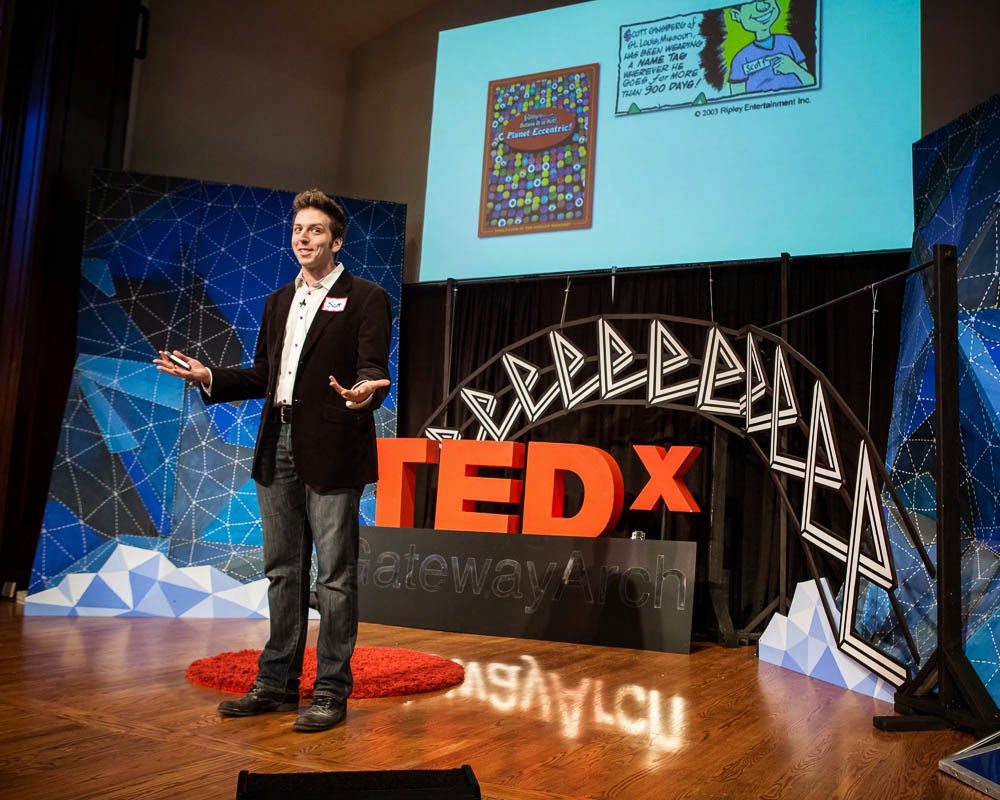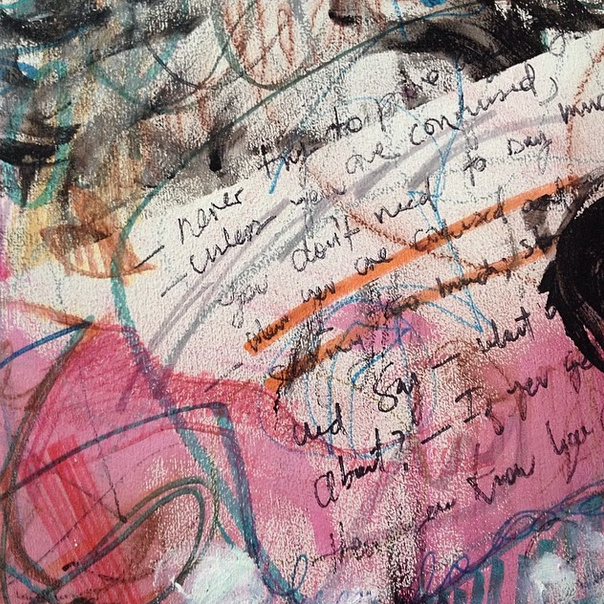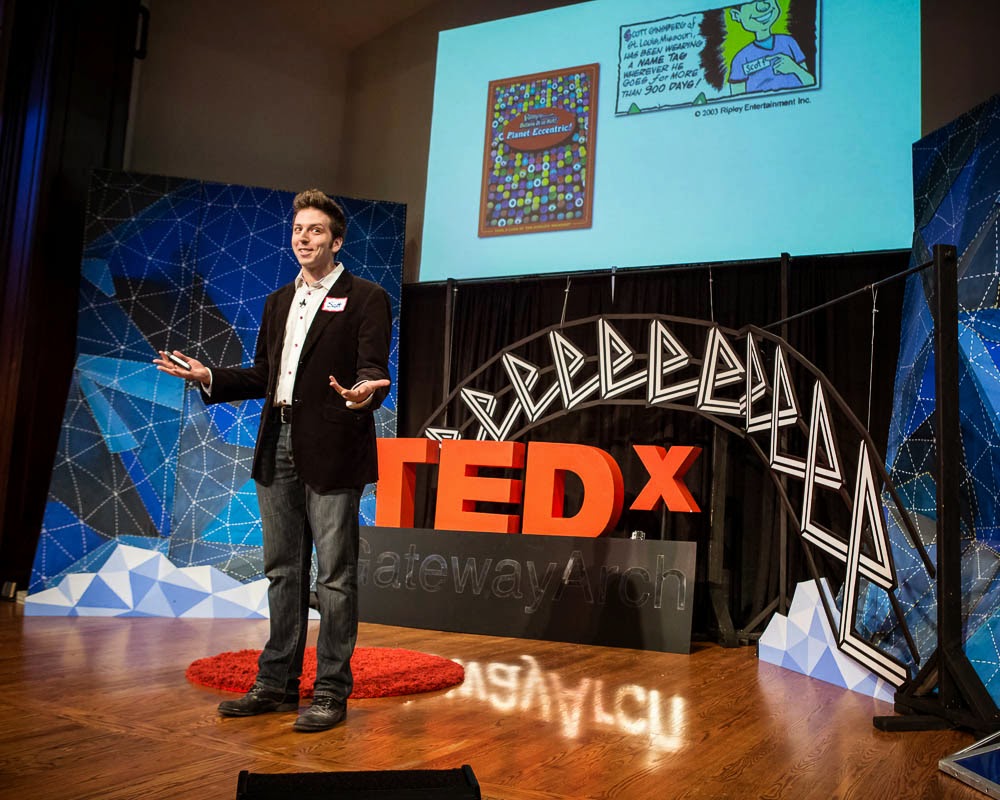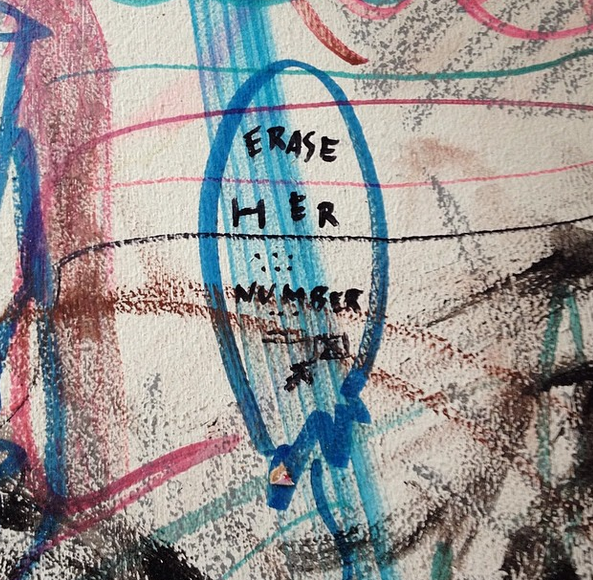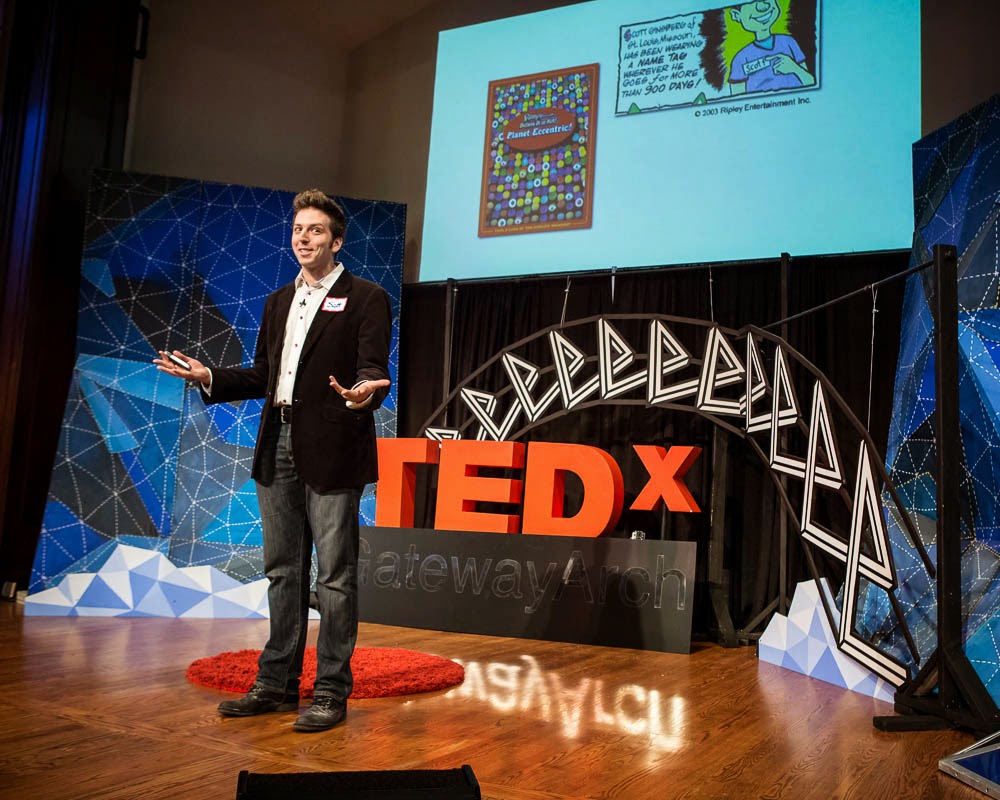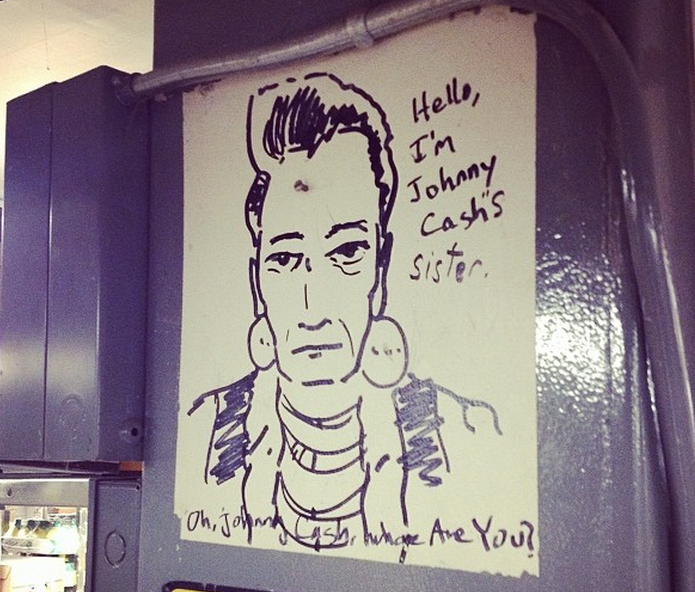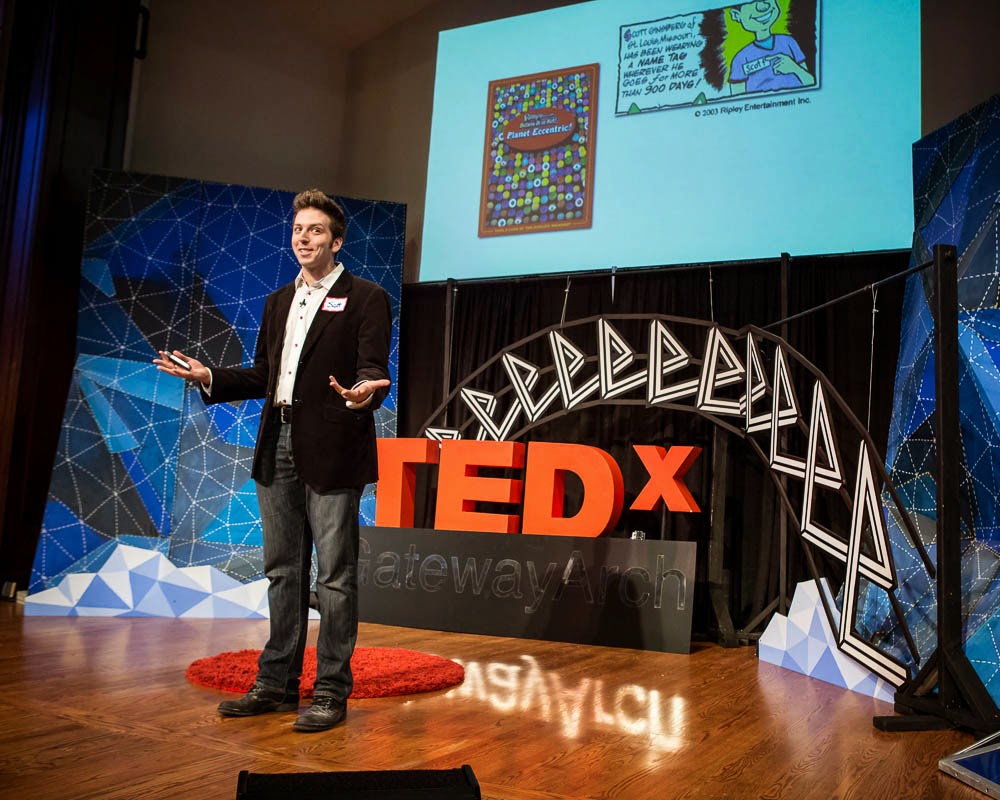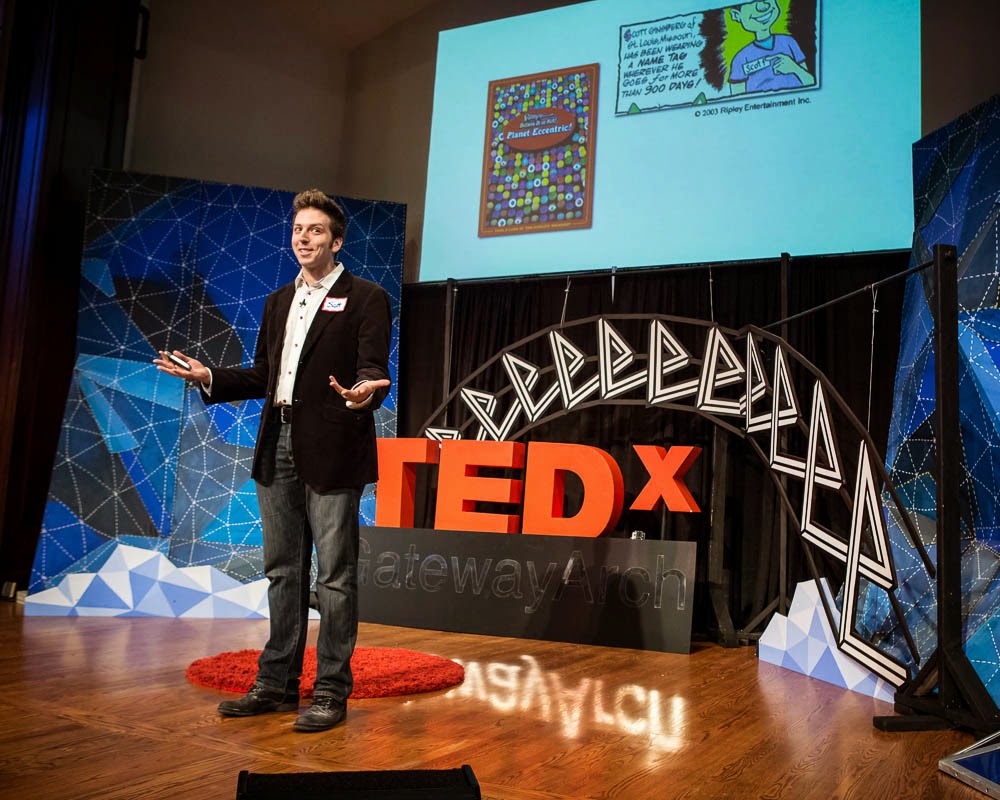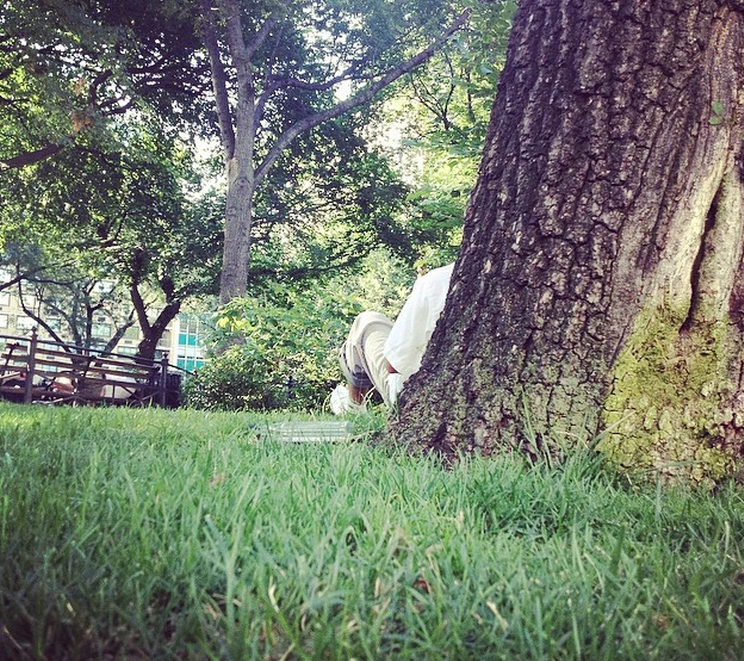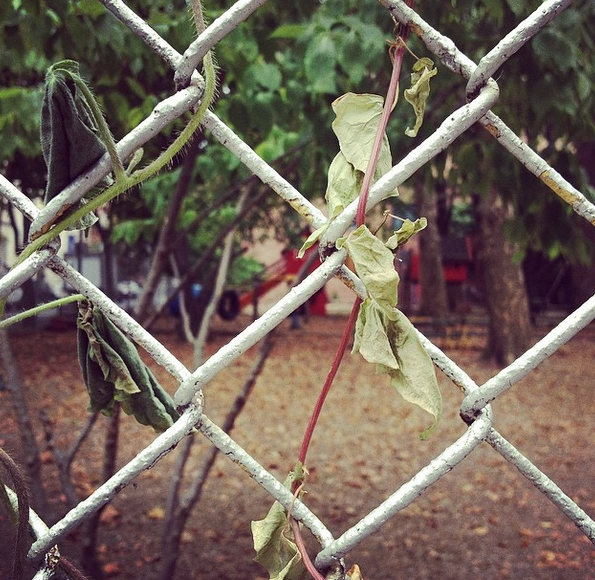
1. Ten Zen Seconds — Eric Maisel
Life changing book. Taught me how the conscious production of one long, deep breath interrupts your mind flow and provides you with a golden opportunity to counter your anxious thoughts. The way it
works is, you use a single deep breath as a ten second container for a specific
thought, matching the rhythm of your respiration to the symmetry of your words.
Every morning when I sit down to write, this centering sequence brings my brain
up to operating temperature. It’s how I avoid the shanks.
2. Tibetan Peach Pie — Tom Robbins
Tom tells a story about attending a rock concert in the sixties that jimmied the lock on his language box and smashed the last of his literary inhibitions. I reminded of the first time I saw the award winning
musicalOnce.At time, the show
hadn’t won any awards yet. Nobody was talking about it. But we bought tickets
anyway. And to my delight, not only was I crying my eyes out during the whole
show, but watching the actors inspired me to start playing guitar standing up.
And that single change completely transformed my singing, songwriting and
performing style. The more of these moments we have, the more we can
create, and the more we can create, the more we canpush this world forward.
3. Staying Sane in the Arts — Eric Maisel
I’ve read this bool multiple times over the years. Reminds me of the dangers of remaining in isolation too
long. Because what happens to the creator is, he starts losing perspective. He
starts missing out on the subtle cues around him that could lead to
opportunities to connect. And by the time his work is done, there’s nobody
around to share it with. When I went through my workaholic phase, I was
completely preoccupied with my vision, my business, my art, my career and
myself. I sacrificed my relationships by creating friction between friends,
family members, colleagues and lovers. And I sacrificed my time by not having a
life outside of my career, with few centers of belonging and little involvement
in my community.
4. Why I Write — Various Authors
Another reread. Loved it. Great section on flow research, which shows that creators
and performers are actually motivated by the quality of the experience they
feel when you are involved with the activity, not the end result. They operate
from anautotelicmindset, meaning
they enjoy the process of creation for its own sake. That principle applies to any creative
project. Because the medium we’re working with is ourselves. Making sure the present moment is your friend not your
enemy.
5. The Last Word on Power — Tracy Gross
This book was transformative. It educated me on the idea of context, specifically, to ask a new question: What could Icreate, that
would enhance my offering and diversify my identity and upgrade my context and
grow my skillset and raise my credibility and strengthen my leverage, that
would earn me therightto command a
higher fee for my work? That’s how value is created. You keep adding to the
collection. You continually engage in new projects worth pointing to. You seek
opportunities that make yourself more attractive, regardless of the outcome.
And your context changes as a natural byproduct.
6. Commodify Your Discontent — Various Authors
Oldie but goodie. Reminded me to try to surf whatever
wave is out there. To be resourceful. Because that’s what creativity is all about. Wherewithal. Buttressing the opportunity to make art with whatever knowledge,
resources and courage are available to you. Even if that means breaking the
rules once in a while. Feeling fully resourced, and abundant.
7. Brainstorm — Eric Maisel
Fourth time I’ve read this book, and it gets better every time. A sobering reminder that art takes a long time to pay for itself. So we kept cranking out
the work. The work that nobody asked us to make. Paid today for the free work we did yesterday. We have to be willing to give our work away for free until the market is willing to pay for it.
8. A Grim Detail — Henry Rollins
His books are equal parts depressing and motivating. Powerful subtext on anxiety, and about reducing anxiety by reorienting your focus. Because”3 anxiety is what keeps
us tuned into our circumstances. It serves a purpose because it allows us to
focus our energy on the future. It’s a symptom, like the engine light on the
dashboard, which illuminates to let us know that something is wrong with our
engine. And the good new is, like most of our emotions, anxiety vanishes once
spotted and labeled. Once we name it, we claim it. Once we love it, it can’t
hurt us anymore.
9. 344 Questions for Artists — Various Authors
A gem that I’ve read several times. Like no other book around. Helped me get a grip on my mind. Because most artists are bad bosses. They beat the creativity out of their
own brans. And they say things to themselves they would never let somebody else
say to them.That’s stupid. You can’t
just do that. That’ll never work. It’s too late. You’re not ready. That’s not
logical.As a result of this negative thinking, artists smother their
heart’s finest impulses, dramatically shrink their creative output and
eliminate hope for innovative thinking in the future.
10. Turning Angel — Greg Iles
My current favorite fiction author. Greg writes unbelievable books. Talks about how success never comes
unassisted. That every creator needs a secure base. A reliable source of
emotional renewal, nourishment, safety and security in the face of everyday
challenges. People who can serve as the stabilizing influence in your life. Individuals
who can help take up the cross you thought you were going to have to bear alone.
11. Be Excellent At Anything — Tony Schwartz
Love the section about building your capacity to generate more and more value over time
through the slow, unsexy, but consistent creative increments. It’s a long term,
disciplined strategy, but if we stick to it, the compound interest does most of
the heavy lifting for us. Proof positive, that the best way to beat the odds is with massive
output. That compound interest is what keeps the value growing. We have to incrementally approach your
creative breakthroughs.
12. Artist’s Way for Parents — Julia Cameron
Julia has been among my greatest writing mentors. I don’t have kids, but this book took me back to when I was a kid. Because my parents were amazing nurturers of creativity. In our house, encouraging
creativity was always regarded as a worthwhile endeavor. We were free to be
mentally active. We had physical space to engage in the life of the mind. And people
were constantly pushing each other to see how far they could go with their
ideas. As a result, each of us developed the empowering habit of exercising the
part of our brain that was most original. Each of us learned how to grow up,
but more importantly, how to grow into ourselves.
What have you read this summer?
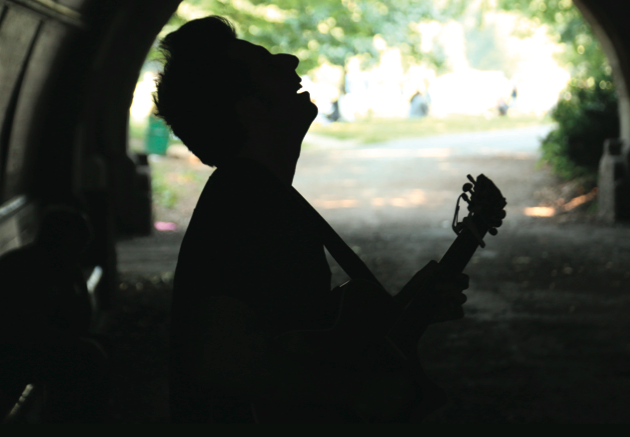
 1. What were the different types of microphones you used in the tunnel? Why did you choose that equipment?
1. What were the different types of microphones you used in the tunnel? Why did you choose that equipment?